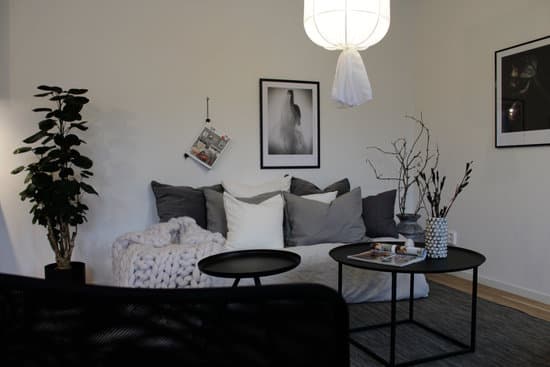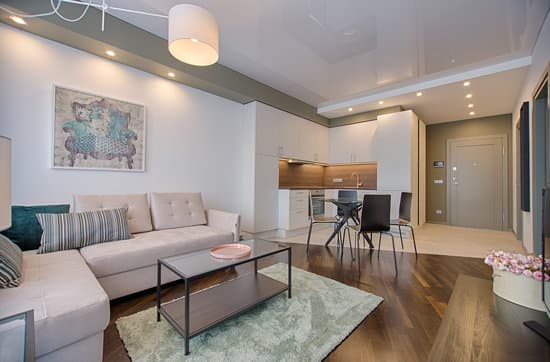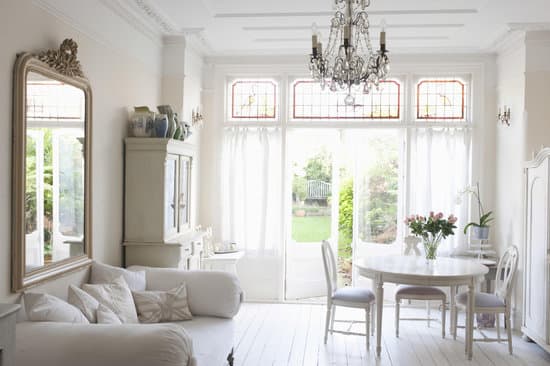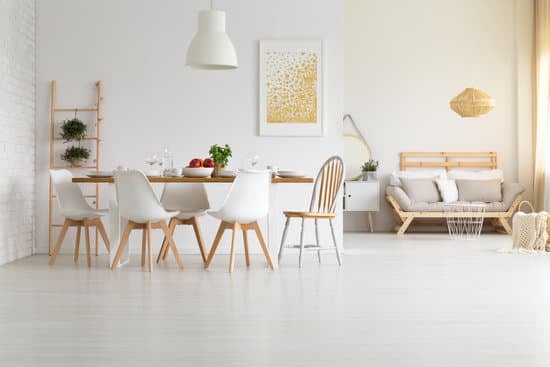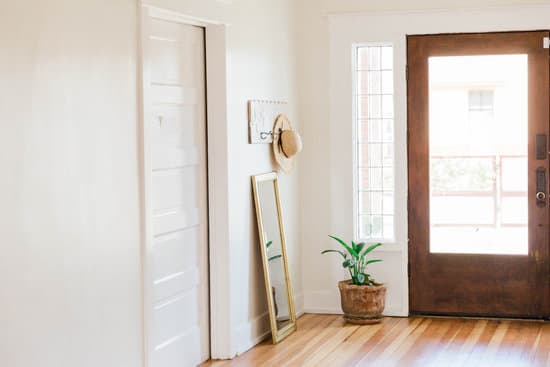Introduction to the Golden Rule in Interior Design
Interior design is a crucial aspect of every home and has a significant impact on its overall look and feel. Designing a space that is both functional and visually pleasing requires careful consideration about the placement of furniture, accessories, color schemes, and much more. However, even with a good eye for style, some people may still struggle to achieve the right balance in their decor. That’s why the golden rule in interior design exists. It’s a simple concept that can help guide you towards creating spaces that are aesthetically pleasing and functional.Understanding the Rule 2:3 or Golden Ratio
The golden rule in interior design is based on a mathematical principle known as the golden ratio. This ratio, also known as phi (Φ), is approximately 1:1.618 and is found in natural patterns and designs. It is believed that this proportion is the most visually appealing and harmonious ratio. The 2:3 ratio is a simplified version of the golden ratio and is often used as a guiding principle in interior design. To apply this rule, simply divide the space into two parts. The larger section should make up 2/3 of the area and be reserved for large furniture pieces like couches, beds, or dining tables. The smaller section should be 1/3 of the area and used for smaller furniture pieces or accessories.Applying the Golden Ratio in Every Room
The golden rule can be applied in every room of your home, from your living room to your bedroom, kitchen, or bathroom. The key is to use scale and proportion to create a sense of balance that is visually pleasing. Here are some tips for applying the golden ratio in different areas of your home:Dividing the Space: Creating the Larger and Smaller Sections
To create the larger and smaller sections in your space, start by measuring the total area of the room. Then, divide that measurement by 3 to determine the smaller section. The remaining area will be the larger section. This formula works for any size space, whether it’s a small apartment or a large house. Once you have the two sections, you can start planning how to place your furniture and accessories.Choosing Furniture for the Larger Section
The larger section is meant for larger furniture pieces that will anchor the space. These items should be in proportion to the size of the room. For example, a large sectional sofa would work well in a spacious living room, while a smaller loveseat would be more appropriate for a smaller space. When selecting your furniture, consider the scale and proportion of each piece to ensure they fit together harmoniously. Key Point: Choose large furniture pieces for the larger section that are proportionate to the size of the room.Giving Attention to the Smaller Section
While the larger section is meant for larger furniture, the smaller section shouldn’t be forgotten. It’s the perfect place to add smaller items and accessories that can enhance the overall look of the room. This could include side tables, lamps, artwork, or decorative objects. The goal is to create a sense of balance between the larger and smaller sections, so don’t be afraid to experiment until you find the right mix of pieces. Key Point: Use the smaller section to add smaller items and accessories to create balance in the room.Tips for Successful Implementation of the Golden Rule
While the golden rule can be a helpful guide in interior design, it’s important to remember that it’s not the only rule. Here are some additional tips to ensure that your space is both functional and visually appealing:- Consider the flow of the room and how people will move through it when placing furniture.
- Use color schemes that complement each other and create a cohesive look.
- Don’t be afraid to mix and match patterns, but make sure they work well together.
- Experiment with different textures and materials to add visual interest to your space.
- Be selective with your accessories and avoid cluttering the space with too many items.






